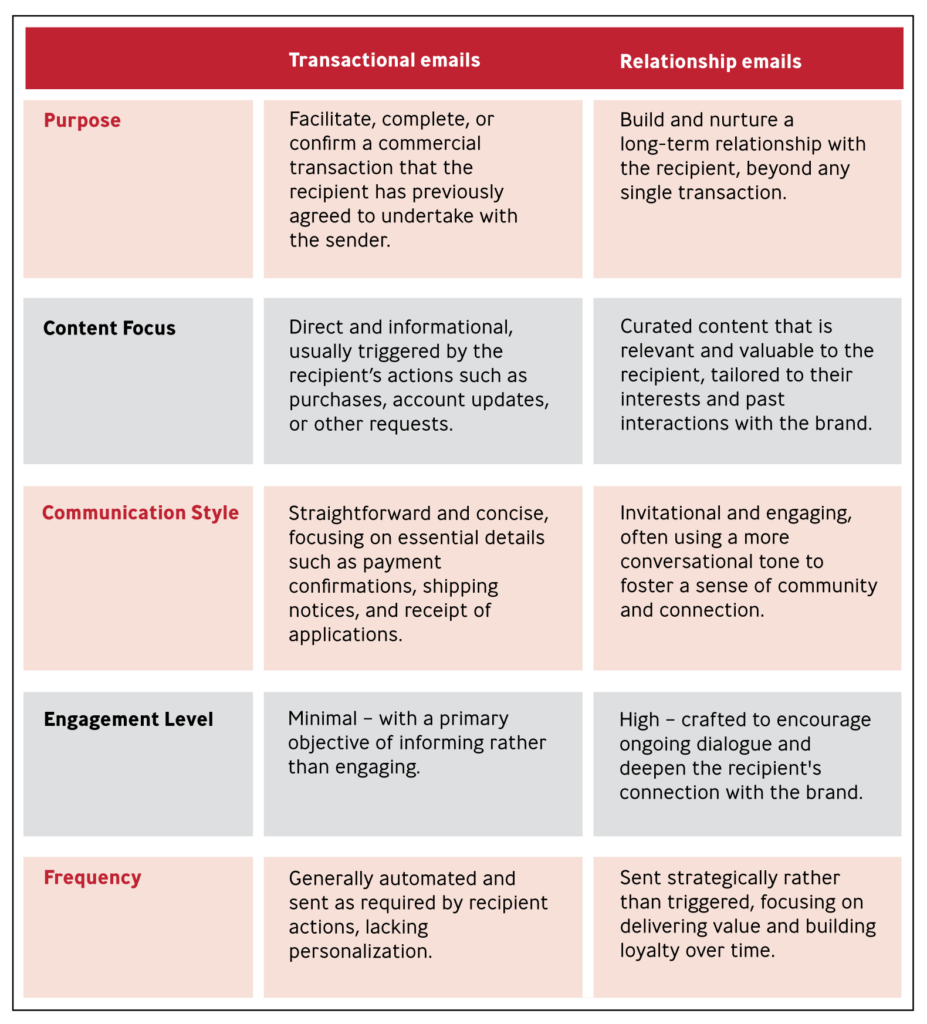The digital age demands a new approach to word-of-mouth marketing that actually gets results. Gone are the days of casually hoping people will talk about your brand. Today, you need strategy, creativity, and authenticity. Thanks to social media, the dynamics of word-of-mouth marketing have changed. The potential reach of a single positive recommendation is staggering. So how can you harness this power effectively? Let’s break it down.
The Power of Organic Social Media
Organic social media is a great place to build trust and authenticity. It’s where you can have genuine, unpaid interactions that form the bedrock of your of word-of-mouth marketing. While paid ads can grab initial attention, they often fall short in fostering the same trust that organic engagements do. Similarly, world-of-mouth marketing is even more valuable than a paid ad from user-generated content or an influencer.
Buzz Kits: Your Secret Weapon
Buzz Kits can help you turn passive followers into proactive brand advocates. They offer a blend of easy-to-share content—from infographics to quotes—designed to spark curiosity, create FOMO, and incite action. Think of them as a toolbox that your loyal followers will be excited to share.
So many members see the value of your event and offerings, but they don’t organically post unless they are guided to. A well-crafted Buzz Kit turns your audience into a marketing machine, distributing your message organically and spontaneously. For maximum impact, customize your Buzz Kits for various audience segments, such as members, board members, staff, event speakers, and registrants.
The Game-Changer: Social Media Takeovers
Social Media Takeovers disrupt your routine content by lending your platform’s voice to an influencer or enthusiastic member for a day or even a week. This approach doesn’t just broaden your audience but injects authenticity and novelty into your channel. It’s an invitation to see your brand through fresh eyes. A successful takeover can generate a surge of engagement and leave lasting impressions.
So much of social media marketing is about cadence and timing. If your base doesn’t see your ad, the ad can’t get results. But an extended takeover will help make sure your audience sees and engages with your message.
CASE STUDY: We recently helped a client stage a week-long social media takeover to promote their annual conference. The results were impressive! The takeover generated 18,000 impressions, up 40% from the same week last year. It also garnered 1200 engagements and 457 clicks, each up about 100% over last year. Best of all, 250 people registered for the event in just that one week.
Engage via LinkedIn: The Professional Playground
LinkedIn has evolved into much more than a network for job seekers and recruiters. It is a place to connect, both personally and professionally, where you can build meaningful connections that convert into invaluable word-of-mouth marketing.
Leverage Personal Profiles
Personal engagement on LinkedIn is about humanizing your brand. Share authentic behind-the-scenes stories, professional challenges, and triumphs so you can engage with members and their victories. Showcase projects you’re working on so you can be seen as a leader in your space. When your audience sees the real faces and narratives behind your brand, they’re more likely to feel a deeper connection and become an advocate for you. This approach transforms your business from a faceless entity into a community of real people with compelling stories.
Maximize Business Profiles
On the business front, LinkedIn is an excellent place to showcase your credibility and expertise. Post thought-provoking content to create an image of authority and knowledge. In-depth articles, industry trend analyses, and case studies should make up the bulk of your LinkedIn strategy. This approach positions your brand not only as a participant in your industry but as a leader to whom others turn for guidance. Plus, you’ll get extra milage out of posts that mention members and their companies and projects. These help foster a professional relationship.
Showcase Value: More Than a Sales Pitch
Modern consumers are savvy; they’re not interested in being relentlessly sold to. They want to know how your product or service can add significant value to their lives. Your task? Show them in ways that resonate deeply and authentically.
Show, Don’t Tell
Turn testimonials and case studies into your brand’s storytellers. Let your base articulate how your offerings have made significant impacts or solved complex problems. When potential customers see these real-world applications, your value proposition becomes credible and compelling.
Connect Through Relatable Narratives
Facts and figures inform, but stories resonate. Craft your content around powerful narratives that highlight real-life impacts. Show potential members the tangible differences your solutions have made. This narrative approach creates interest and moves people to share these stories within their own networks.
The Final Insight: Make Meaningful Noise
In a digital world of constant noise, you’ll need more than a great event to generate word-of-mouth marketing that stands out. You’ll need to create a narrative people want to share. Aim to foster genuine connections, demonstrate real value, and maintain an authentic presence. Then let your audience do the rest.
Share this post in LinkedIn:
NOT ANOTHER SNOOZELETTER.
SIGN UP. BE INSPIRED.
Let’s Talk Business

Your Association and AI: The Story You Need to Be Ready For






















